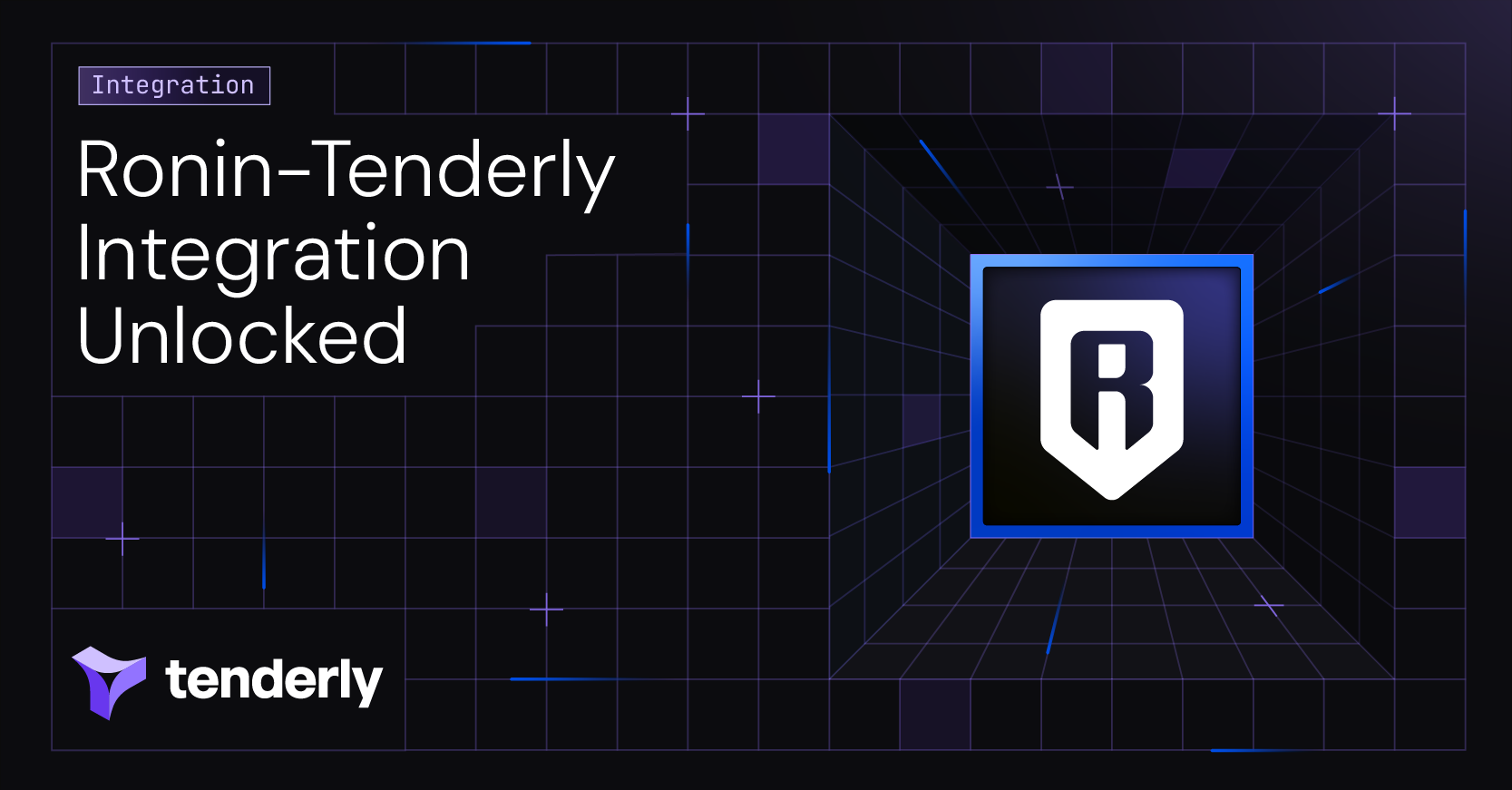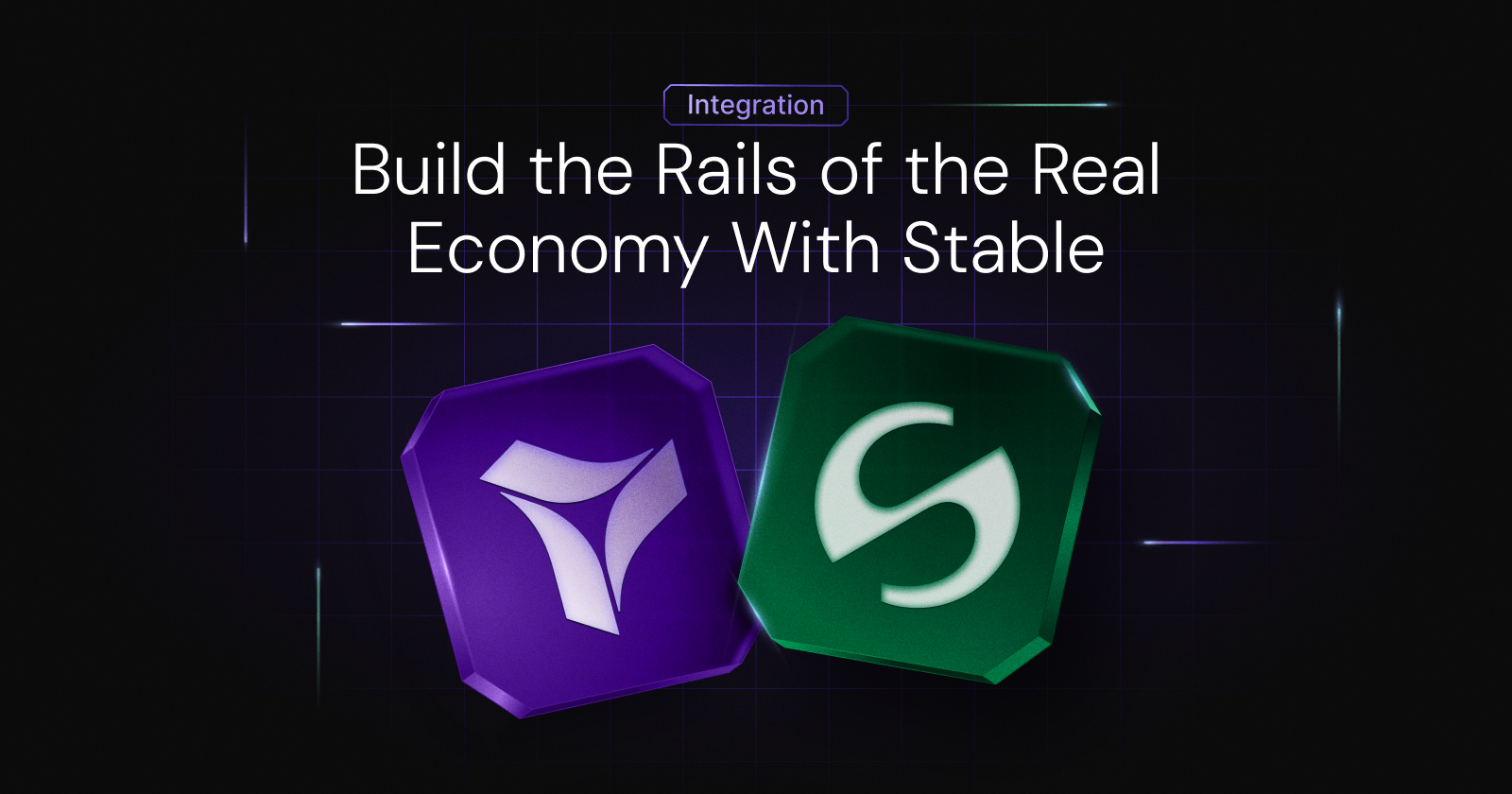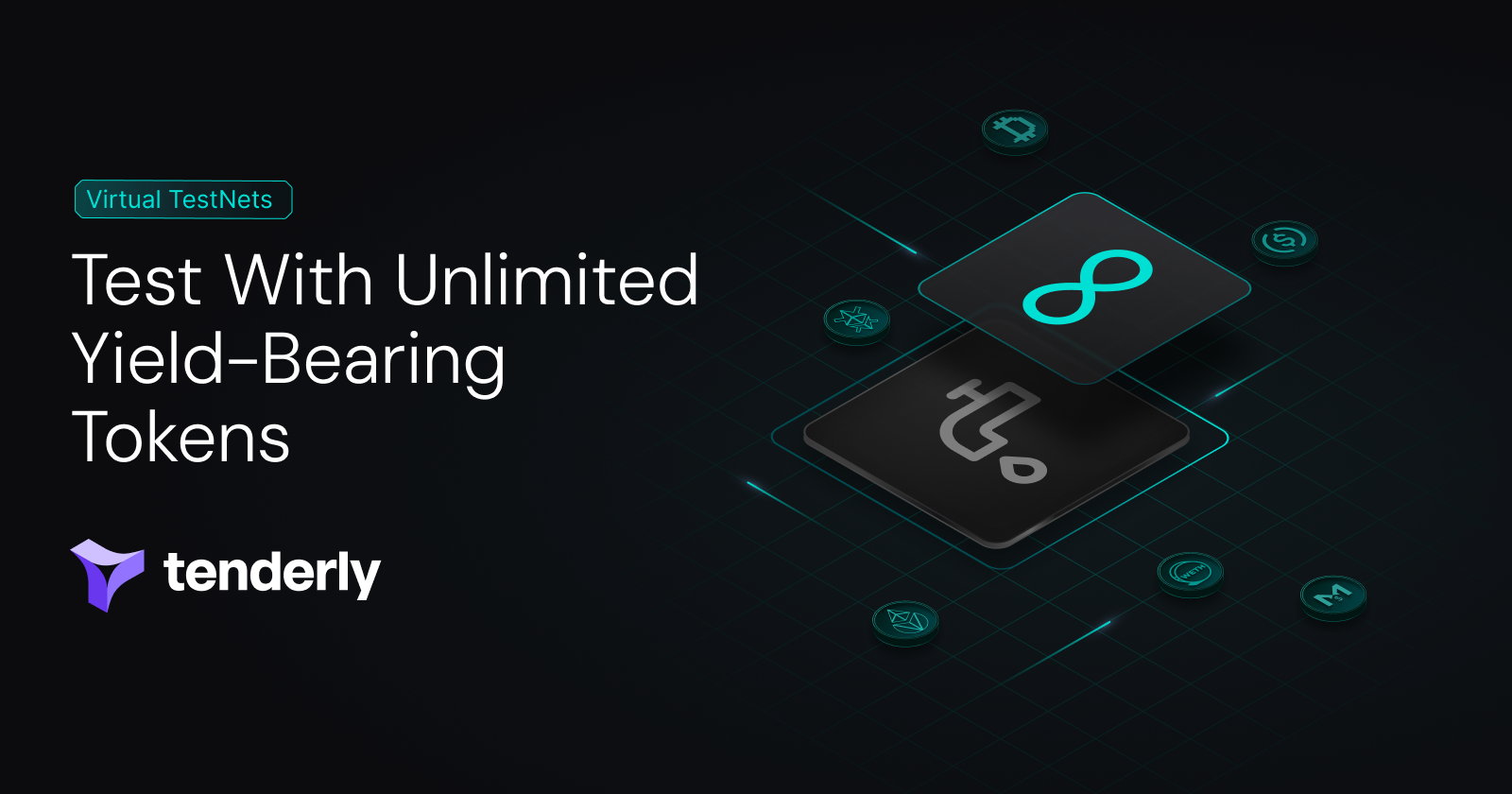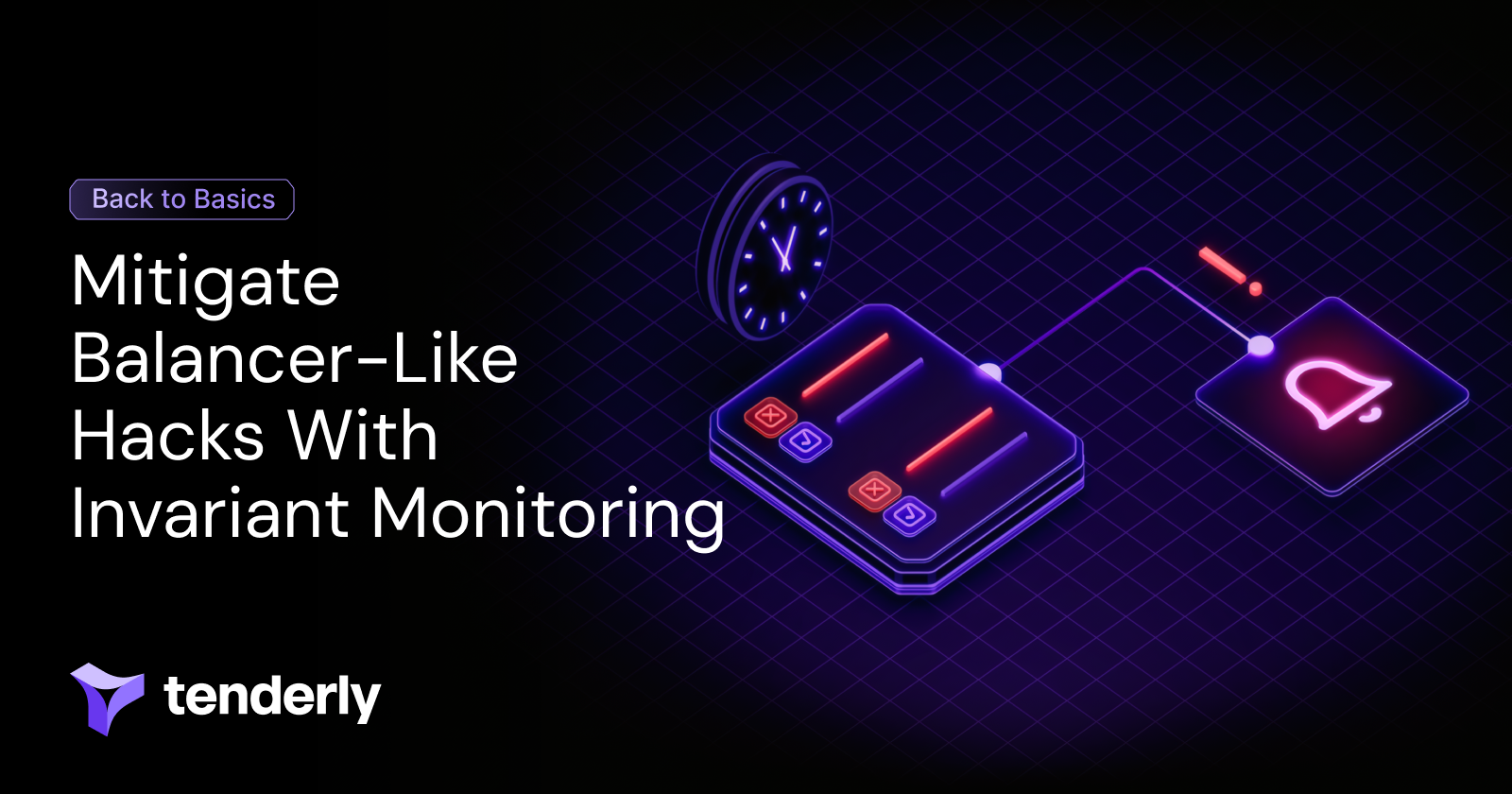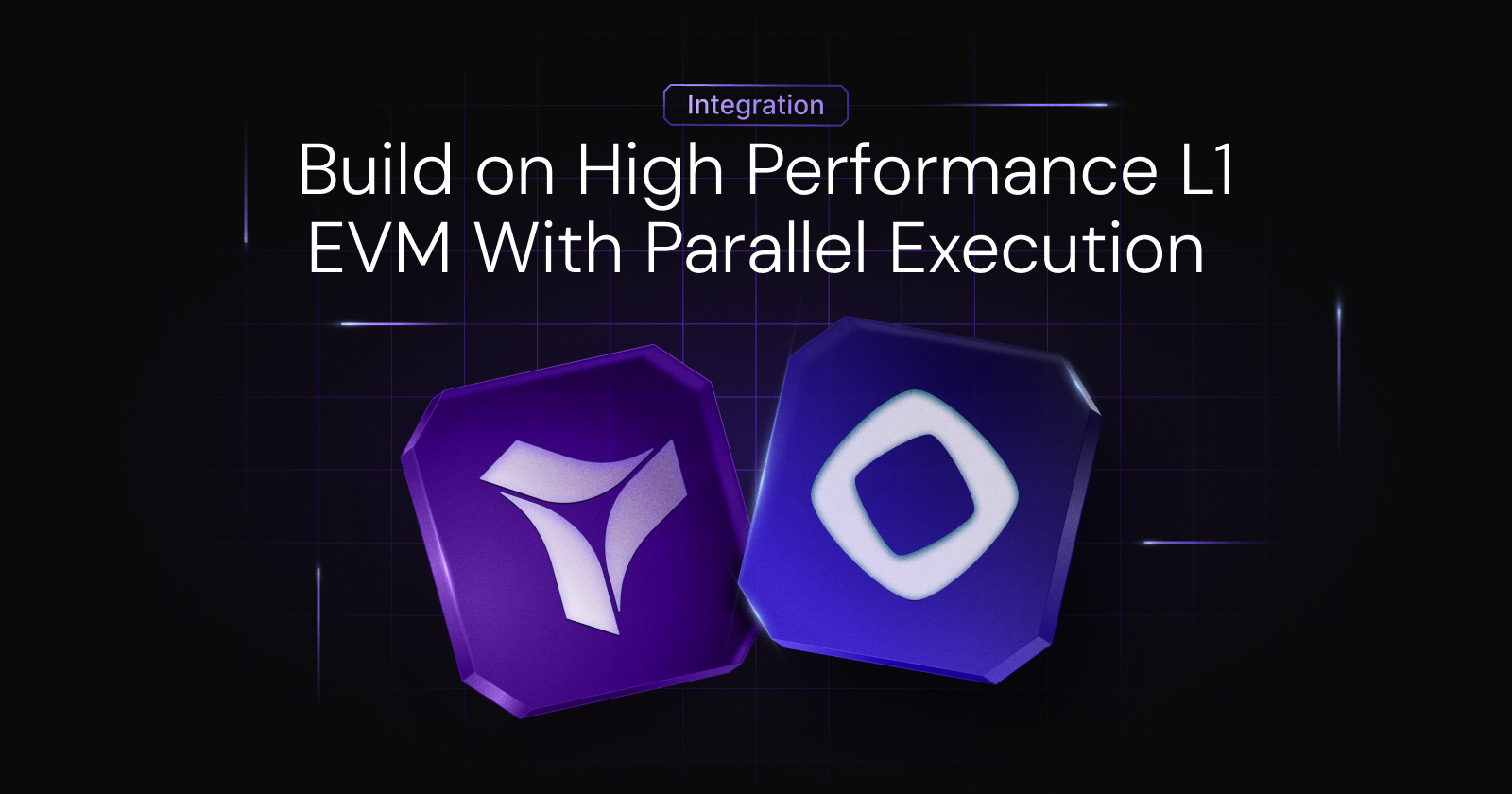Ronin is an EVM blockchain specifically forged for gaming. Launched by Sky Mavis, the creator of Web3’s breakout title Axie Infinity, Ronin boasts one of the biggest Web3 gaming ecosystems, featuring a curated selection of high-quality games.
As a blockchain optimized for the highly dynamic gaming sector, Ronin features a high-performance execution environment, with fast transaction processing, low gas fees, and high uptime. Focused on onboarding millions of gamers, the network strives to bridge the gap between cutting-edge blockchain technology and user-friendly experiences.
As an EVM chain, Ronin enables seamless porting of your existing applications. It natively supports essential tooling and infrastructure, now including Tenderly’s infrastructural solutions and developer tools. As a full-stack infrastructure provider, Tenderly facilitates the entire Web3 development cycle, allowing teams to build more efficiently, optimize team workflows, and easily scale as they reach new users.
A thriving ecosystem built for gaming
Ronin is a chain dedicated to creating and nurturing engaged communities. The Sky Mavis team first built the network for a single game, Axie Infinity that generated over $1.3B in revenue, focusing on achieving product-market fit and meeting the needs of its users. This focused approach allowed the team to capture a core community, slowly expanding into other markets.
With its extensive experience in product development, community building, and GTM strategies, the Sky Mavis team shaped the Ronin experience, giving access to their expertise to partners deploying on the chain. Now, as one of the biggest gaming ecosystems, Ronin holds 80% of the market share among Web3 gamers.
However, although focused on gaming, Ronin is also dedicated to building a thriving ecosystem of developers and users across different applications. For instance, with $4B in total NFT volumes, Ronin processes 15% of all NFT trading, second only to Ethereum.
At the center of its incentive-driven economy lies Ronin’s native token RON. The RON token is used for:
- Paying gas fees for Ronin’s transactions.
- Participating in network governance and decision-making.
- Supporting network liquidity as the central token for exchange.
- Staking in its Delegated Proof of Stake consensus mechanism.
- Payments for in-game transactions, NFT minting, and item purchases.
The network’s consensus mechanism
Ronin uses a Delegated Proof of Stake (DPoS) consensus mechanism. RON holders can become validators if they hold enough tokens. In addition, a set of nodes called Governing Validators, chosen by the Ronin community, are also selected to help secure the network. This setup balances decentralization with fast, efficient transaction processing, creating a high-performance environment ideal for gaming.
Additionally, RON holders can stake their tokens to support validators of their choice. Both validators and delegators earn rewards for their participation, including a share of transaction fees and fixed staking incentives.
Achieving scalable growth on Tenderly’s full-stack infrastructure
Bringing together development and production infrastructure, Tenderly supports teams launching dapps and rollups throughout the product lifecycle. With Tenderly fully integrated, teams have the entire Web3 dev stack in place, whether building an on-chain game, NFT marketplace, or a ZK-powered rollup on top of Ronin Mainnet.
Tenderly provides integral infrastructural solutions and tools for both development and production use cases on Ronin, allowing teams to accelerate development cycles, optimize workflows for greater efficiency, and scale onchain without service interruptions.
To build and manage high-scale applications on Ronin, your team can use Tenderly to:
- Build, test, and collaborate on Virtual TestNets, a zero-setup development infrastructure synced with Ronin’s most recent state. With a built-in faucet, private and public explorers, and network customization methods, you can adjust Virtual TestNets to your team workflows, using them for smart contract development, CI/CD pipelines, dapp staging, and even public testing.
- Scale on a high-performance Node RPC with global traffic routing and soft rate limits, enabling you to support growing onchain usage on Ronin. Aside from complete reliability, low latency, and high uptime, Node RPC allows you to go beyond standard RPC methods by deploying custom logic and creating your own.
- Explore and interact with Ronin’s onchain data more efficiently with a customizable explorer with built-in debugging tools. Aside from exploring Ronin’s contracts, wallets, and addresses, add team contracts to focus on data that matters to you. Then, label and customize your contracts, debug and (re)simulate transactions, and optimize gas usage with complete observability into Ronin’s onchain activity.
- Integrate simulations into your applications to validate transactions before signing them. With Tenderly’s simulation infrastructure, your users can preview transaction outcomes before approving them, making sure they execute with the desired results. This way, you can prevent malicious activity and unnecessary gas costs, ensuring a risk-free user experience in your applications.
- Monitor and respond to onchain events on Ronin in real time using Tenderly’s Alerting and Web3 Actions. Aside from setting up alerts for onchain events such as (un)successful transactions, emitted events, and token transfers, you can also connect alerts to custom code and react instantly to time-sensitive situations.
Level up on Ronin with Tenderly’s full-stack infrastructure
As Ronin continues to expand and grow its gaming community, Tenderly ensures that teams building on Ronin have a seamless developer experience and essential infrastructure. With the chain’s goal to maintain high performance and scalability, providing teams with advanced infrastructural solutions with built-in tools is crucial for boosting their velocity, accelerating development, and reaching users at scale.
Ready to build the next killer game on Ronin? Fork the chain instantly and kick off development on real onchain data.
